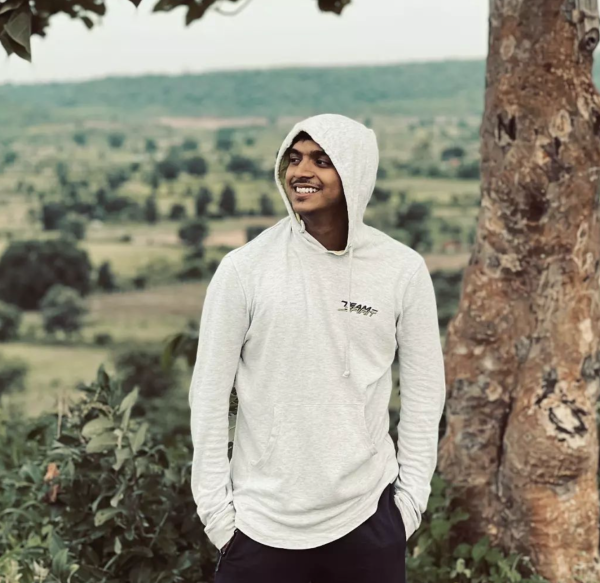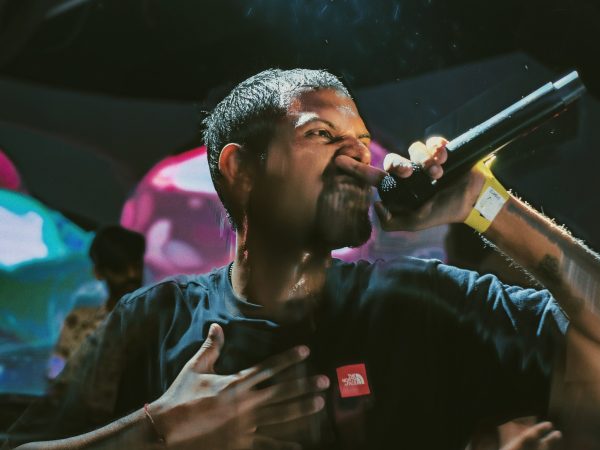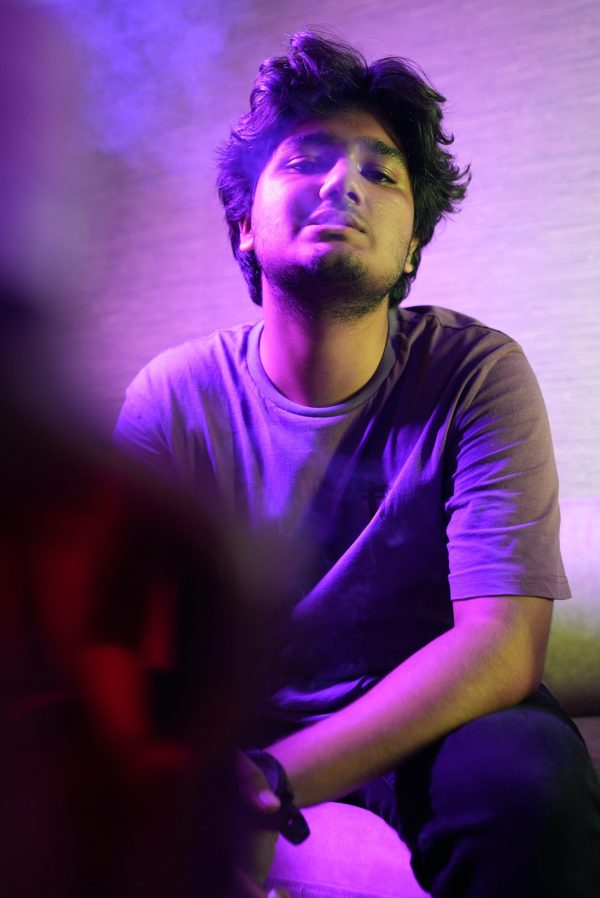We spoke to $arthak about his musical journey, his evolution from lo-fi to progressive trap, his love for repping lost genres of music, his special insights on his hit track’Naina’s Interlude’, his project ‘Bombay Mafia’, punk music’s evolution in India and a lot more. Here is the full interview:
For the readers of Off The Dome and those who don’t know you yet, could you introduce yourself?
Hi, first of all, thank you for having me here. I want to express my gratitude to everyone reading this. I’m Sarthak Pattnaik, also known as $arthak, an indie artist endeavouring to create some catchy commercial music for my people out here. My musical journey began at the age of 17 with a mixtape titled “Monsoon Cassia.” I received a decent amount of love from the community and fellow artists. Later, I released “Bombay Mafia: The Long Play,” an album centred around an Indian gangster named Manya Surve. This album played a pivotal role in establishing my presence in the Indian hip-hop scene. I am deeply thankful to all the artists who collaborated with me on this project; their contributions were invaluable to its success. In 2023, I launched a mixtape called “Shaam e Shabin,” a commercial venture that garnered a fresh audience. I owe a huge debt of gratitude to the producers involved, particularly Deadsville Music, for their instrumental role in shaping the sound of the project. During the same year, I dropped a trap project with Gauntlet along with music videos. It was an experimental endeavour where Gauntlet truly grasped and executed my vision flawlessly. Lastly, on Christmas 2023, I released my first deluxe project, “Winter Cassia,” featuring remarkable artists such as 2facebleed, Gauntlet, and Deadsville Music. I am especially grateful to 2facebleed for being a constant source of inspiration throughout my musical journey.
Before we get into the swing of things, what got you interested in making music in the first place? Why the arts? And who are your biggest musical influences?
I got into performing arts because I was naturally inclined towards music. When I was 6 years old, I started playing tabla, which helped me understand rhythms. Later, I joined my school choir group and participated in theatres (school clubs). It was all passion and hobby until I truly understood my potential. I found that I was good at writing stories and fictional dramas, which really helped me write my songs better and visualize my themes too. I’ve always been a fan of Indian cinema, so I naturally gravitated towards film music and grand music production. That’s why I started independently making music, trying to cater something to the Indian audience out there. I’ll always choose art in any way possible because it makes me feel like a superhero with some superpower to create anything from scratch. I love the idea of building something fictional and making people believe it’s true. It’s like a superpower given by God himself. When it comes to musical influences, my biggest inspirations are RD Burman sir, Kishore Kumar sir, Charlie Puth, Kendrick Lamar, Kanye West, and if we look into the underground scene, it would be Mark Bhatia, 2facebleed, Nanku, and Lifafa.
$arthak, you have evolved from lo-fi music to progressive trap, to synthwave. How has this musical evolution shaped your identity as an artist, and what drew you to the synthwave genre?
My identity as an artist is still a bit confusing, but ultimately, I just want to be known as someone who is trying to bring back old aesthetics through their art. Yes, experimenting with various music genres has been incredibly beneficial for me. It’s helped me master different flows and melodies, and my vocals have adapted accordingly. I won’t sound soft on a track where you need to go all raw and gangsta, and similarly, I won’t sound hard in R&B tracks. It’s about finding the right balance. Additionally, I’ve been trained in Western music for two years, which has also contributed to my versatility as an artist.
Not particularly synth wave; I would call it 80s synth. And I don’t want synth wave to define my representation. Instead, I’d be happy representing all the lost genres, like high school rock, punk, acoustic music, independent film music, soft rock, Indian classical fused with modern melodies. Let me repeat: during these times when you mostly hear super modern genres, I’m out here trying some nostalgic melodies to take you back to our old retro days.
As an artist deeply rooted in the retrowave or outrun, what are your opinions on this decade’s growth of the genre so far, and its place in contemporary electronic music? Is the genre saturated in your opinion?
Absolutely, the synth wave is gaining traction like never before. As I said, it’s a world full of contemporary electronic music, but people still yearn for the old aesthetics. Top commercial artists like The Weeknd, Tory Lanez, and Charlie Puth have been exploring the synth wave for quite some time now. Trust me, it’s really cool to be a part of lost genres during these times. Sure, this genre may be saturated, but there’s still a niche audience for it, especially with some supremely talented music artists. It feels nice when you’re in the playlist of all the A-listers out there.
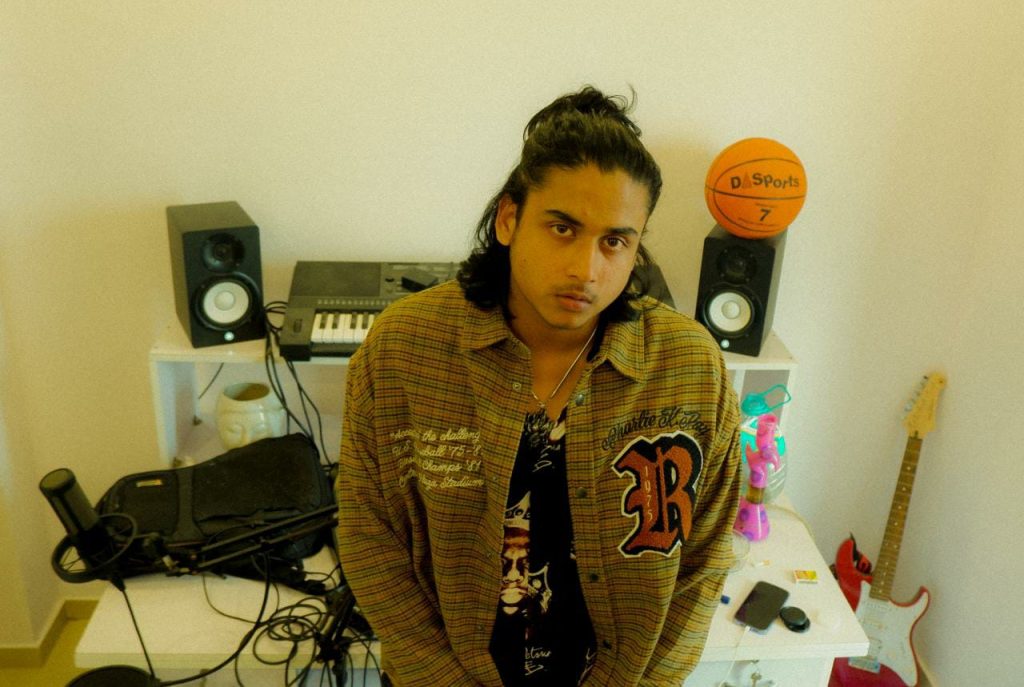
With four LPs under your belt, what keeps you motivated to continually create and explore new sonic territories within the genre?
Finding new sounds with every new project is what I aim for. My team and I will always strive to deliver something fresh. I’ve always been motivated because I surround myself with dedicated people. Their determination to work every day with a disciplined routine helps keep me motivated in the scene. And during these times when you see fashion, art, and cinema making a strong comeback, you can’t help but evolve along with them. Shout-out to each and every artist making a living through their art!
“Naina’s Interlude” is undoubtedly an electrifying synth anthem. What elements or inspirations from the ‘80s and ‘90s soundtrack scene did you incorporate into the track?
Naina’s Interlude isn’t just your typical synth anthem — I’ve infused it with some punk vibes. Big shout-out to 2facebleed for being a huge inspiration! You’ll catch elements like raging guitars in the chorus and those fast-paced acoustic drums straight out of the ‘90s high school rock scene. Major props to my producer for knocking it out of the park. Moving forward, I’m aiming to keep my music 100% live and authentic. I want to showcase more of my vocal skills through tracks like these.
Talking about punk music, how do you see the fusion of Retro-punk and music evolving in the future, and what excites you about the direction Indian hip-hop is taking?
I don’t really see any future for myself currently. I’m trying to shift my people into a new culture where they listen to ghazals during their morning coffee and end up partying like teenagers in college. Plus, I want CDs, cassettes, and tapes to make a comeback. I don’t really see many artists dropping mixtapes these days. Most of them are aiming for something big, but that’s not my style. My vision of shifting this culture through my art will take time, but I’ll make sure to at least influence a few people in my country. Technology has messed with us mentally, and we need to go all acoustic now. It’s not just the music I’m aiming for; I have my own merch collection called Bombay Mafia Clothing, and I want to expand with every baby step I take.
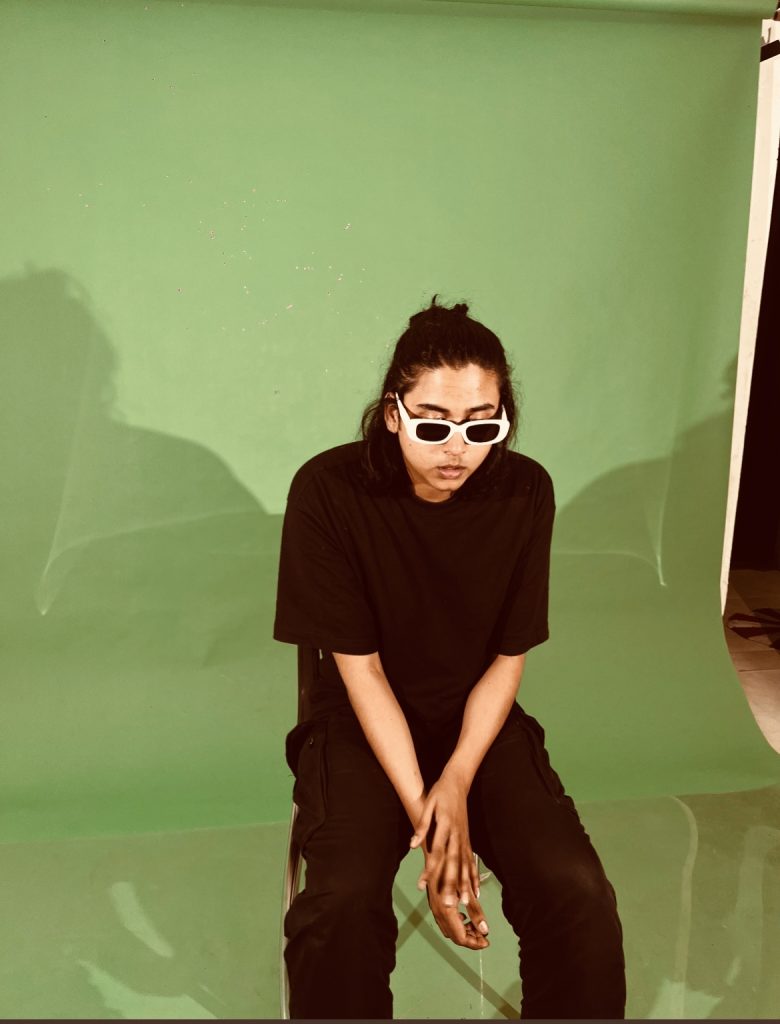
“Bombay Mafia” is still one of your finest projects. Let’s journey back to 2022. How did the album come about and how did you approach making it?
Again, Indian cinema played a huge role in inspiring me to create a long play like that. I’ve always been a fan of storytelling and autobiographies, so I decided to craft an autobiography through an LP. Manya Surve is a forgotten figure in the gangster world, overshadowed by the focus on Mughal mafias in Indian cinema. I felt like a movie director while creating this album because I extensively researched with my team. I’ve also ventured into merchandise like CDs, T-shirts, and vinyls. One unique aspect I’d like to highlight is that no other DHH album includes courtroom skits. I did my best to deliver something truly influential and authentic.
Let’s get technical for a moment: take me through $arthak’s collection of gear, tech, or software that accompanies your creative expression.
I’m not a studio geek myself, but I’m lucky to have team members who are. We’ve set up Yamaha Studio Monitors HS5 chained up with an SSL2+ audio interface. For recording vocals, I use Beyerdynamics DT 990 Pro X, and I monitor my vocal chain through Beyerdynamics DT 770. I work on a MacBook (Intel version) and use Logic Pro X, sometimes Cubase, for mixing. When it comes to keys, I rely on a Roland XE-16 arranger keyboard. Most of the time, I work with loops, but when I have melodies running in my mind, I switch to MIDI. Additionally, I have a Yamaha Pacifica electric guitar, which I’ve used for tracks like “Malang” and “Ishaare.”
What are your plans for 2024? Do you have any collaborations or projects in the pipeline that you would like to share with us?
My plans for 2024 involve sorting out my team and management. I aim to become more comfortable with the music business industry while constantly releasing projects and singles throughout the year. In April, I’ll be dropping “High School Summer Break,” my new album. I’m focused on getting more professional with my sound and production, striving to improve every day. That’s the goal for this year.
Listen to $arthak on Spotify:


